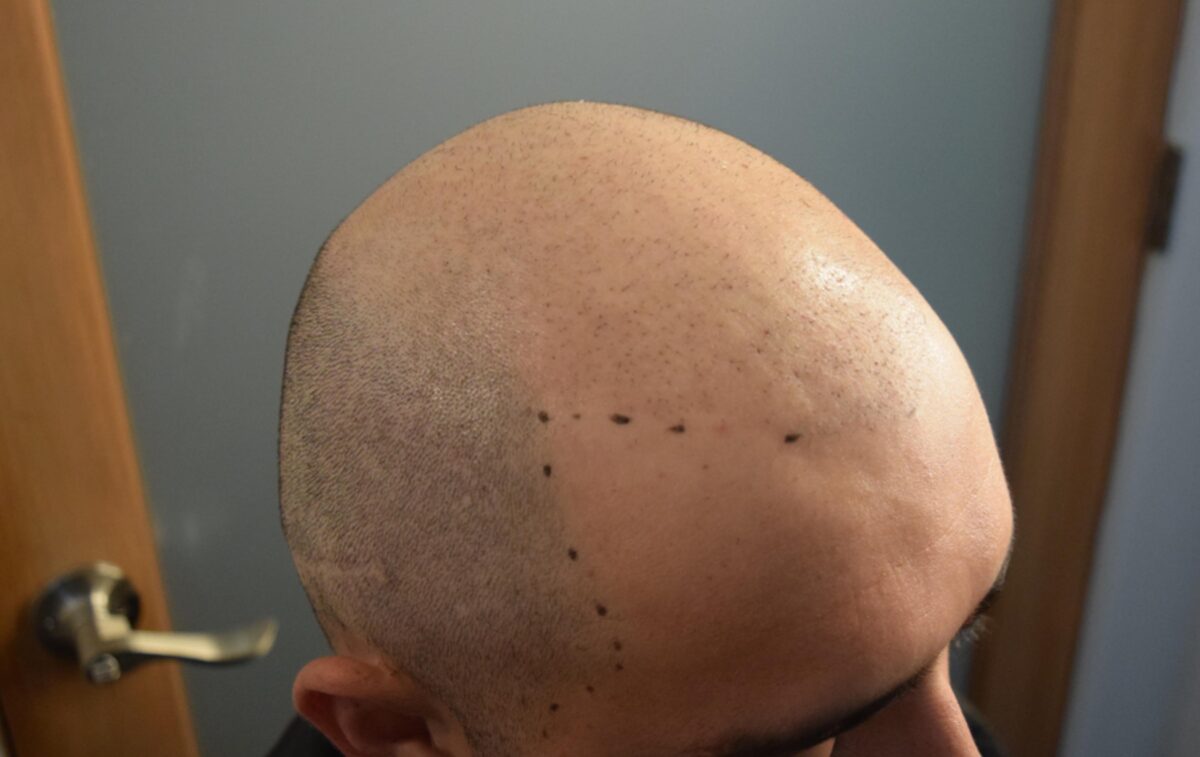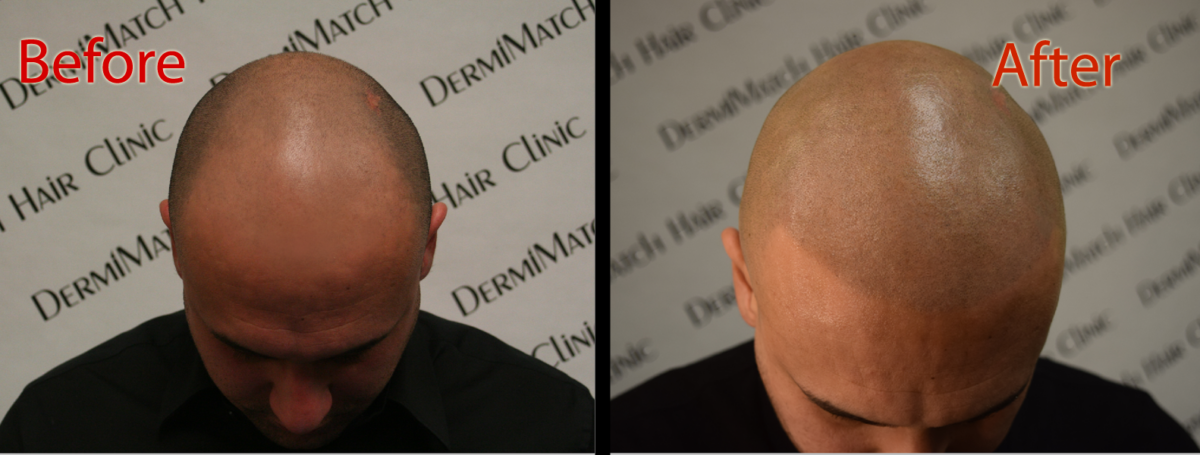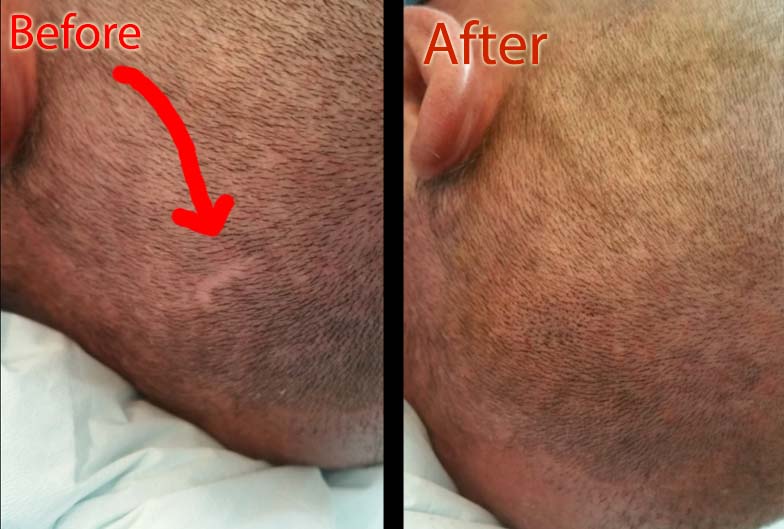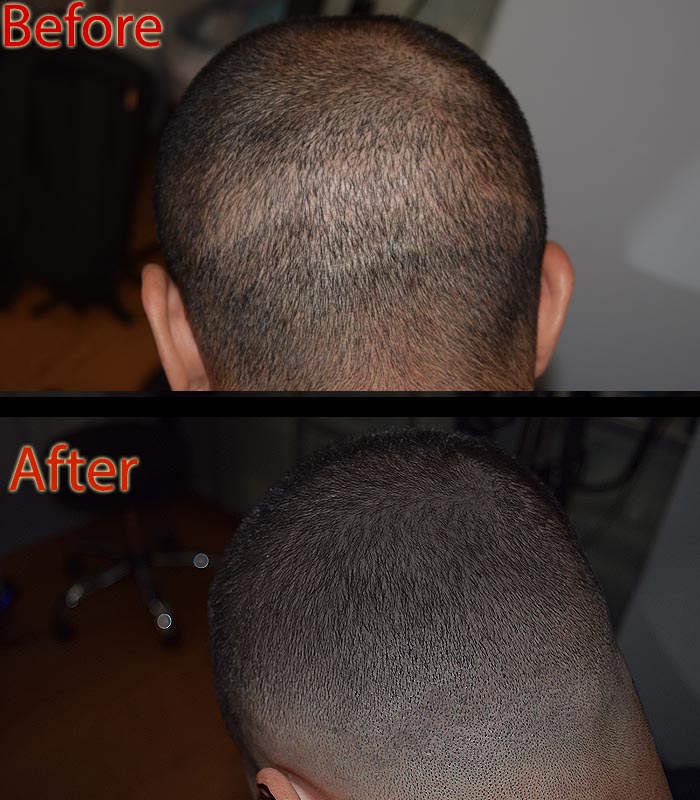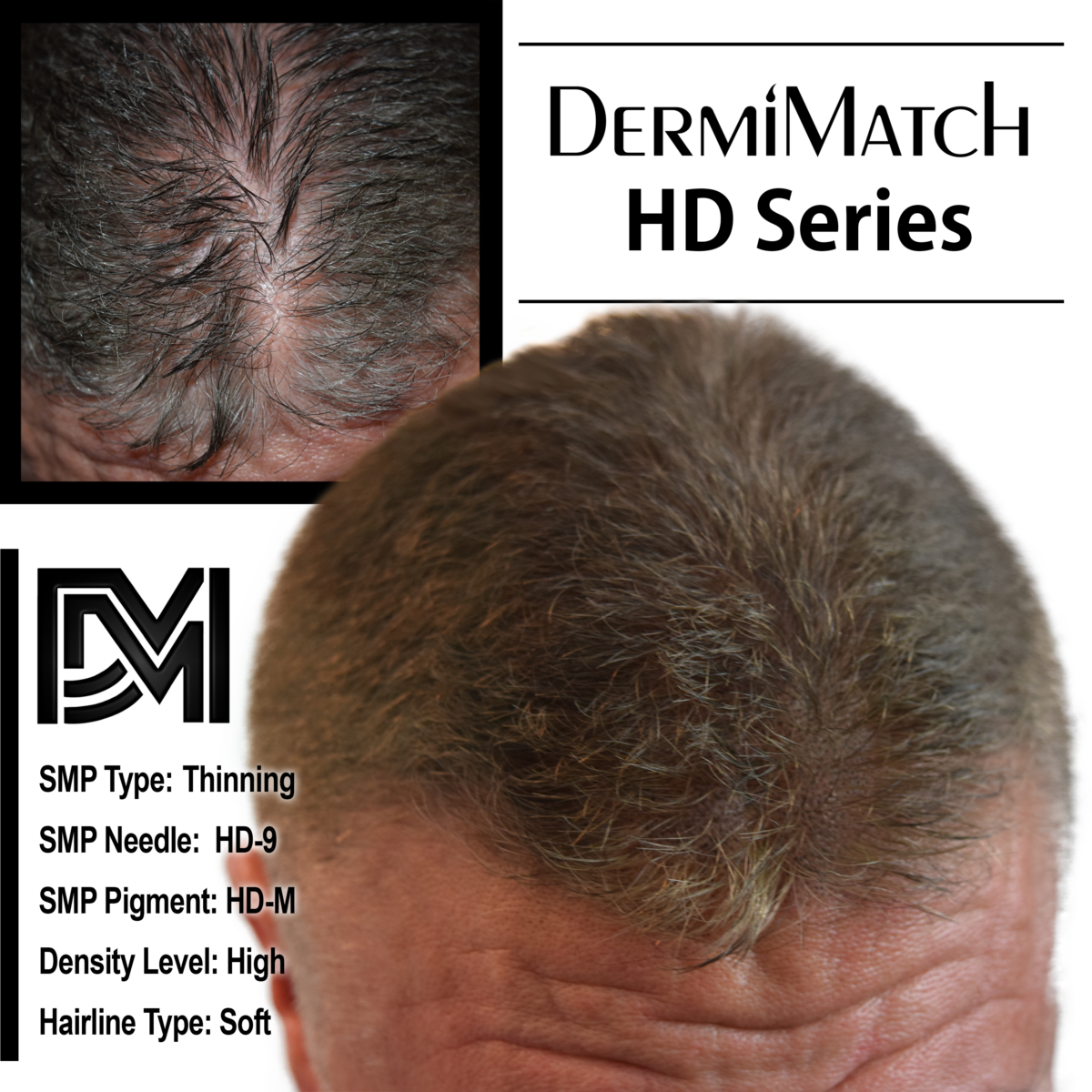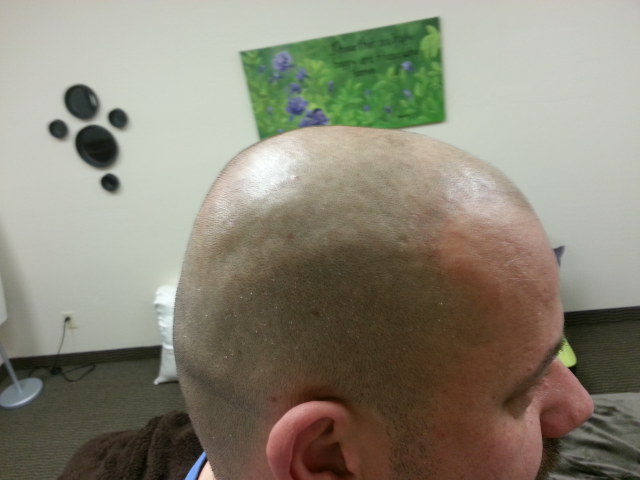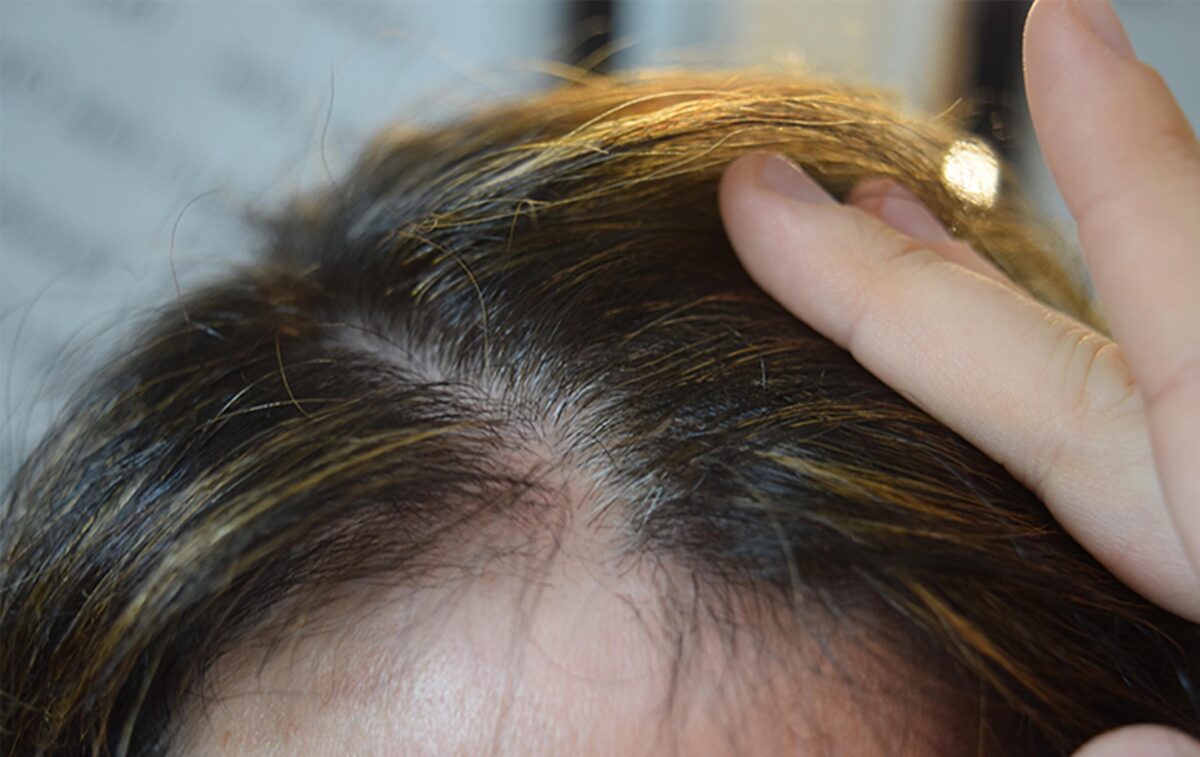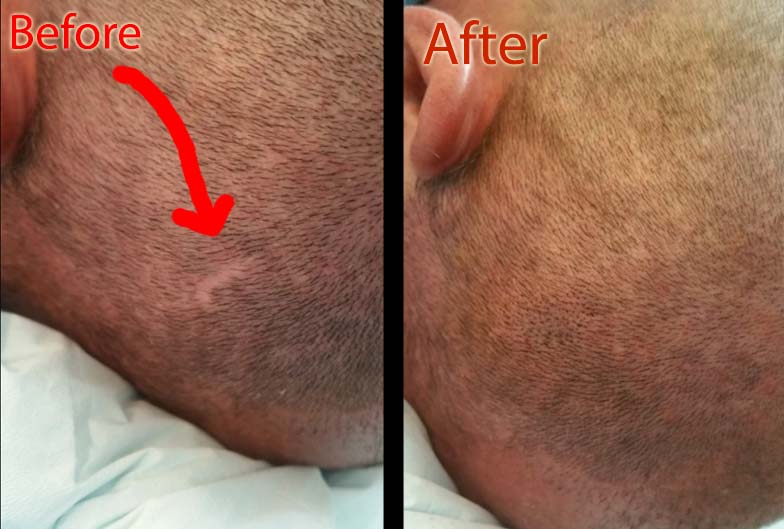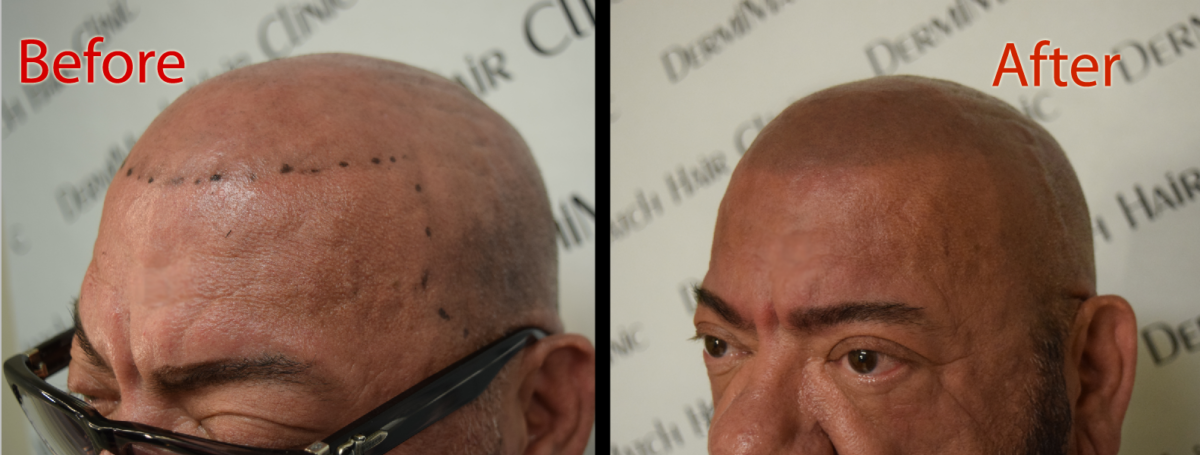Follicular Unit Extraction or FUE is a new form of hair transplantation surgery with minimal strips and plugs. It is touted to create minimal scarring as compared with strip scars from FUT. Before comparing FUE vs SMP, let’s understand what FUE is. It is a safe, non-surgical permanent hair restoration solution to create the appearance of full density. However, FUE does not work to compensate for poor pigmentation.
SMP vs FUE
Hair transplant or FUE
FUE is an invasive treatment for hair loss, which involves using a local anesthetic to numb the areas. The FUE technician uses a sedative to keep the client still and pain-free during the surgery. The hair transplant involves removing healthy follicles from one site, which is usually the back of the scalp. The removed follicles are inserted into the balding spots using small incisions. Since it is a surgical procedure, it must be done by a trained surgeon. Aftercare involves using saline sprays. Besides, there are some hair transplant risks, such as pain, which can affect the client’s quality of life until the scars heal.
Scalp micropigmentation
SMP is a cosmetic procedure that involves replicating follicles using microneedles and special pigments. The best thing about the procedure is that it does not need anesthetics or sedation as it is painless. However, some clients with greater pain sensation might feel slight discomfort during the procedure as the SMP practitioner uses micro-sized needles to inject the pigment into the scalp. For such clients, the scalp artist may use Scalp Numb to numb the area. This makes scalp micropigmentation a pleasant experience for clients. They enjoy the procedure as well as its results.
The process is divided into treatment sessions, which may be 3 or 4, depending on the client’s specific preferences and condition. The SMP artist uses different shades to make scalp micropigmentation look like natural hair. SMP uses organic pigments and there is no metal involved.
Compare FUE vs SMP
FUR may take about 8 to 10 hours, with the sedative effects of anesthesia wearing off after 24 hours. The patient may need complete bed rest after the treatment. They will need to wait for two weeks for the transplanted hair to fall off. New hair growth can take 6 to 9 months, with results becoming apparent only after 12-18 months. On the other hand, visible results from scalp micropigmentation are apparent within 4-5 weeks.
While FUE may not be the best procedure for advanced balding, SMP is ideal to conceal bald patches.
FUE cannot create the appearance of full density, though the procedure can add a degree of dimension and texture. Scalp micropigmentation, on the other hand, creates permanent results of a full head of hair. The scalp artist can increase the hair density look by choosing a darker shade. With each session, they can work on density and improve it.
SMP adds texture, creating a buzzed-cut look, which is similar to that of a shaved head.
There are no scars visible after SMP. In fact, scalp micropigmentation can conceal hair transplant scars as well.
So what’s the winner when comparing SMP Vs FUE? Undoubtedly, Scalp micropigmentation gets an edge.
Where to Go For SMP?
Now that we have understood that SMP gets the upper hand over hair transplant, you might be looking for a reliable Scottsdale SMP facility. Your search for the best scalp practitioner in Scottsdale ends at DermiMatch Clinic. They have top scalp professionals who have been delivering awe-inspiring results for clients suffering from different forms of hair loss.

